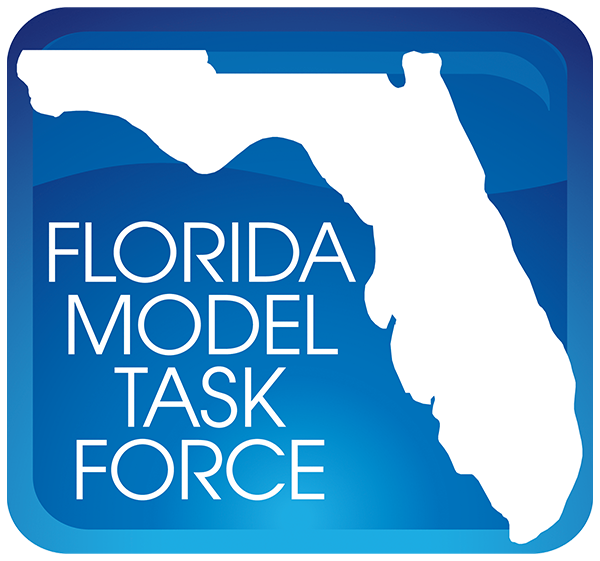

While it is generally agreed that transportation and land use interact with each other, the feedback mechanism in their relationship has not been well defined at a level of detail that adequately supports travel demand modeling. Most studies to date have been at metropolitan level, thus unable to account for interactions spatially and temporally at smaller geographic scales.
Additionally, such studies require a significant amount of historical and geographic data, which are not well supported in the current Geographic Information Systems (GIS). In this study, historical land use and transportation data were collected and converted to GIS data. TransLand, a GIS program that was capable of handling and manipulating spatiotemporal data, was implemented and a framework for identifying the spatial and temporal interactions between transportation and land use was developed. TransLand was implemented in ArcGIS 8.0 environment and is capable of storing temporal spatial data and extracting useful information to support the visualization and analysis of transportation and land interactions. A framework for identifying the spatial and temporal interactions between transportation and land use was developed based on statistical analysis of time series, which was applied to selected corridor areas in Miami-Dade County, Florida. The results of the time-series analysis showed that transportation improvements impacted land uses at varying rates and intensities. Cumulated impact was also measured with time series techniques.

